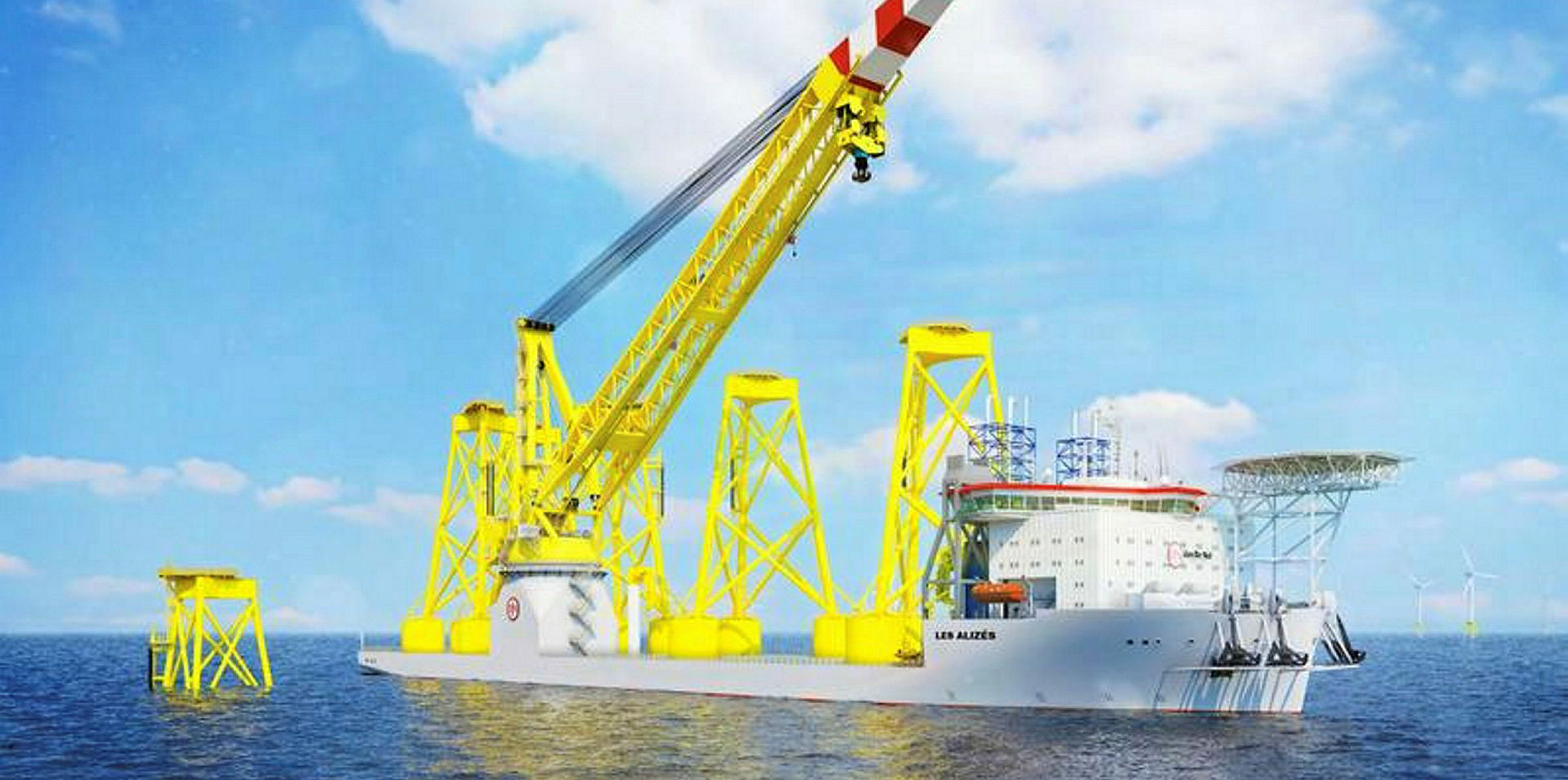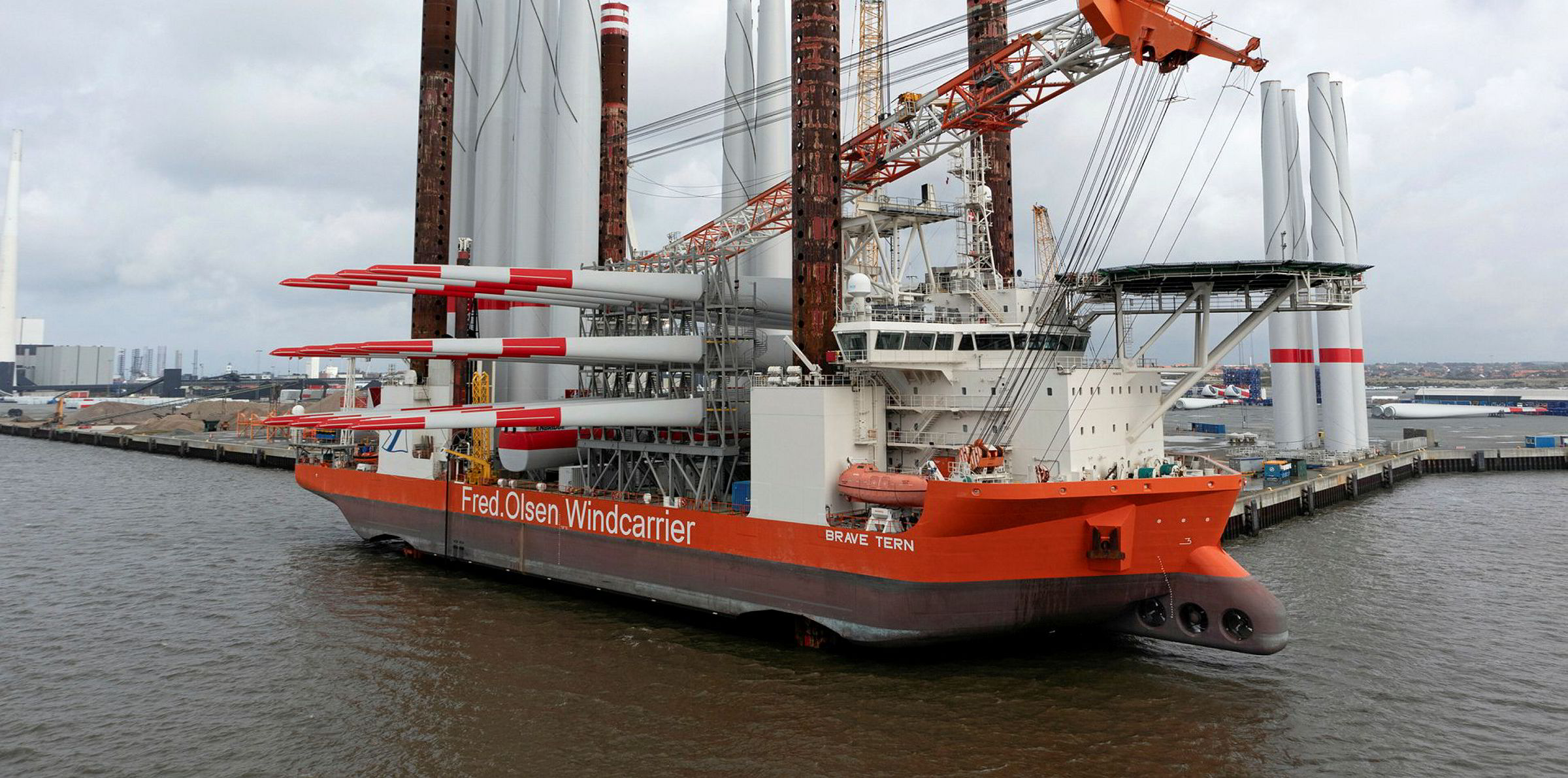Shipowner Jan De Nul has called for clarity in the offshore wind turbine market when it comes to ordering hugely expensive ships.
Last year, the Luxembourg-based company agreed to pay about €300m ($335m) for a new wind turbine installation vessel (WTIV).
This is the giant 61,000-dwt Lez Alizes, which is as tall as the Eiffel Tower.
The vessel is being constructed at China Merchants Heavy Industry (CMHI) for handover in 2022.
"We had a long study to see where the market was going, looking at manufacturers of turbines," Carl Heiremans, senior business development manager of offshore at Jan De Nul, said on a Clarksons Platou Securities webcast.
"But we can only look five years ahead and it's a very clear view on the first five years. But on the next five years, or even 15 or 20 years, that's completely difficult to look at."
Taking the long-term view
Heiremans said investing in an WTIV requires at least 15 years to 20 years of commercial life.
"You have to build something that will be still good in the market not only in the first five years but the next 15 years almost," he said.
"So we had been looking at a larger vessel, which we can use in the first five years for turbine installation, but that's only to 2027."
He also said extending existing vessels is not an ideal solution.
Floating into the future?
Heiremans was also asked about the threat of floating wind turbines to its business model for fixed foundation installation.
These turbines are mounted on floating platforms anchored in deeper waters where fixed turbines are not possible.
They have the potential to significantly increase the sea area available for offshore wind farms, especially in countries with limited shallow waters, such as Japan.
As of 2018, the only operational floating wind farm is Hywind Scotland, developed by Equinor. It was commissioned in October 2017 and has five floating turbines with a total capacity of 30 MW.
"We're obviously following floating wind," Heiremans said. "It's a development that is ongoing positively I would say. But if you look at timing in five or 10 years, we expect in five years we would have seen several pilot small wind farms with a couple of units."
He explained that these are totally different numbers to fixed wind farms, which will see 1,000 turbines fitted per year from 2023.
"Looking at these horizons, fixed foundations are still the main market," Heiremans said.




